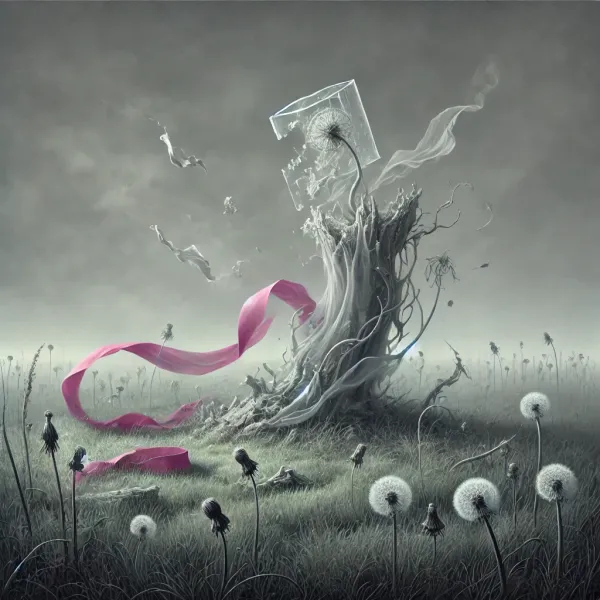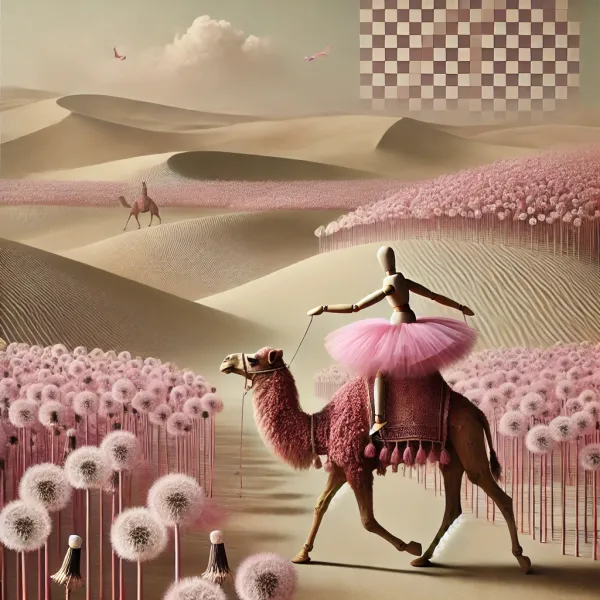101 Things That Can Be Different In The Future: #9 Paintings
Are you ready for a world in which paintings are rather the question of the right use of keywords than of skill?

The need to create seems to be a human immanent urge, which has existed since humanity's beginning. (This is underlined by the fact that I am writing this because I feel the need to tell this story.)
The earliest paintings, human-made, are believed to be 64.000 years old.
From then on until the 19th century, painting was the only way to preserve or document people, events, or the era in general.
But with the availability of fotografs in a generalized manner, the purpose of painting was shifted from the documentation into the realm of artistic expression or mere decoration.
Latest since this shift, the underlying burning question of every painting is: what is art?
And where to are we turning in our times for this kind of question?
Where it used to be religion with its various gods, or philosophy with its various murderers of gods, we are more introspective these days.
We turn to our brains. We turn to neuroscience.
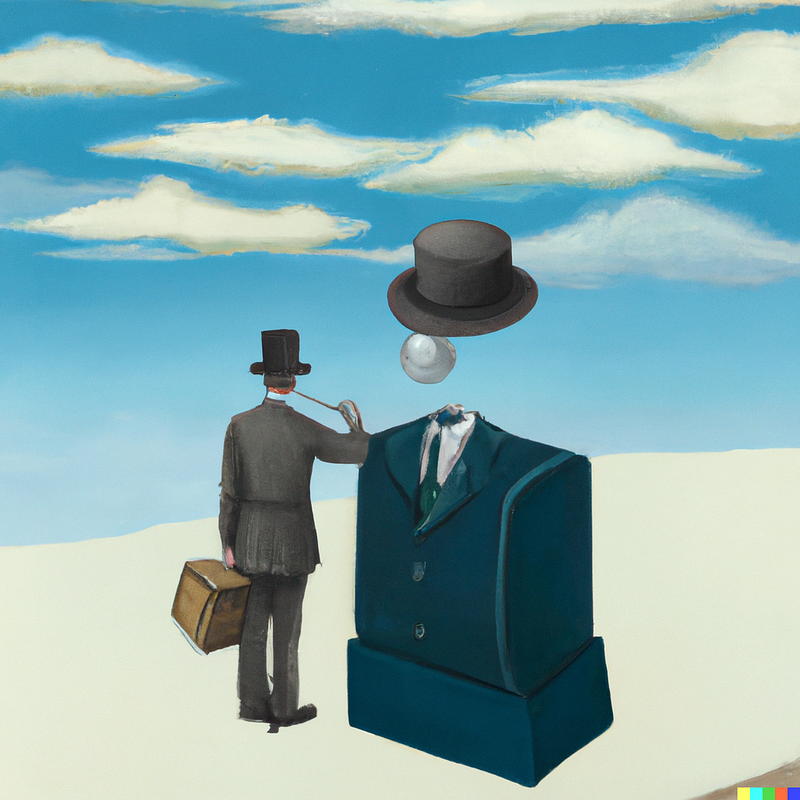
For roughly 20 years neuroaesthetics as a subfield of neuroscience investigates scientifically the perception, production, and response to art on a neurological level.
In a nutshell: why do we like some pieces of art and others not, and are there underlying general processes in all humans, which are always the same?
While the question remains unsolved to this date, there has been significant progress in the field.
Through visualization experiments, meaning experiments where you use brain scans to show the active areas of the brain, it was found, that there is one area in the brain, which lights up as a reaction to beauty (please notice: beauty not art). This area lights up universally, independent of race, sex, gender, etc.
Respectively there is an area that lights up as a reaction to ugliness.
The most interesting fact about this finding is, mapping the process before the reaction “beautiful” or “ugly” shows that this process is the same in both reactions.
Anywhere in our brain, we have a checkpoint, where our brain decides between beautiful and ugly. But this switch has not been identified yet.
What if we would identify it? Of course, it will take time still until we will be able to manipulate it, but still. I’ll leave you to build your own provocative scenarios out of this prompt.
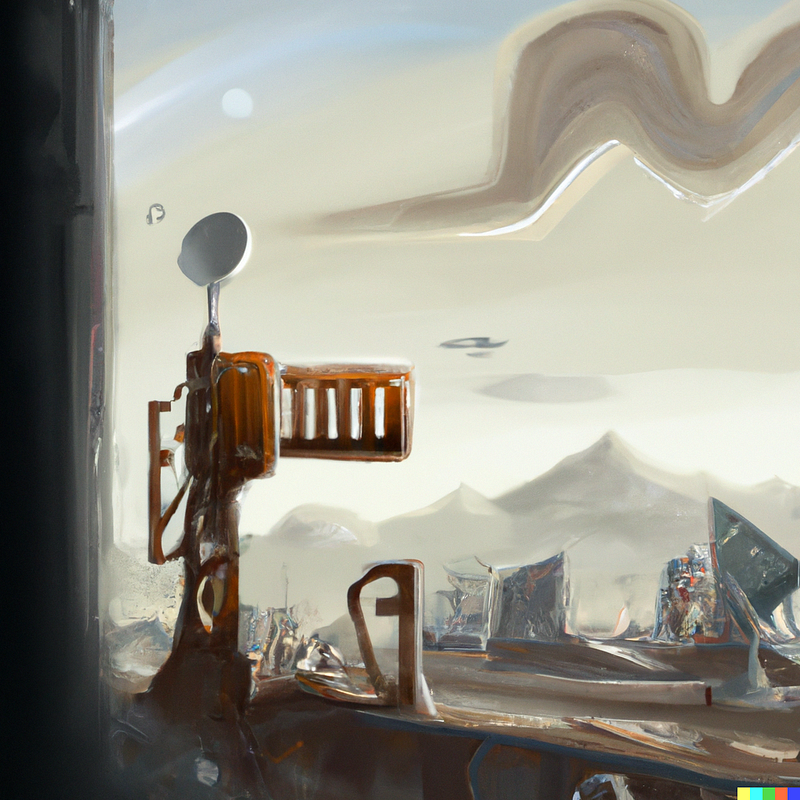
So where are we at the moment?
We know how our brain reacts to beauty and that beauty has some universal thing about it.
These findings are already applied in design and architecture, where housing and furniture are designed in a way it should support mental well-being or healing. Though until now results are not documented.
But we are still away from the question raised: what is art?
I am a futurist. But in order to look at emerging patterns you have to know about the present and the past as well. Patterns have to start somewhere and as ripples on water, patterns interact when their ways cross.
So let us find our starting point.
There are a lot of ways to define art. Plato already contributed a definition, and countless critics, historians, philosophers, and other intellectuals followed.
For now, let’s go with the definition according to the Brittanica dictionary
(Art is) something that is created with imagination and skill and that is beautiful or that expresses important ideas or feelings.
Imagination and skill it is — let’s take it from there.

They are everywhere these days. On social people are posting their experiences with them, in the print media is written about a new era of art.
AI tools for creating artwork.
There is already a bunch of them. StarryAI, Artbreeder, Dall-E 2, and NightCafe to just name a few. Some of them are open source, others come with pricing plans.
Where one is specialized in paintings others are specialized in photorealistic or photo images. You can even directly create an NFT with some of them.
And there is no need to even attend one painting class. All you need is a fruitful vocabulary in English (as far as I know).
Imagination and skill — that is what we used as definition for art.
Is that either?
Yes — to describe your inner world with words is definitely a skill and comes with imagination, because you need that picture you describe already somewhere in your head.
Does that mean AI created art is the future (or already the present)?
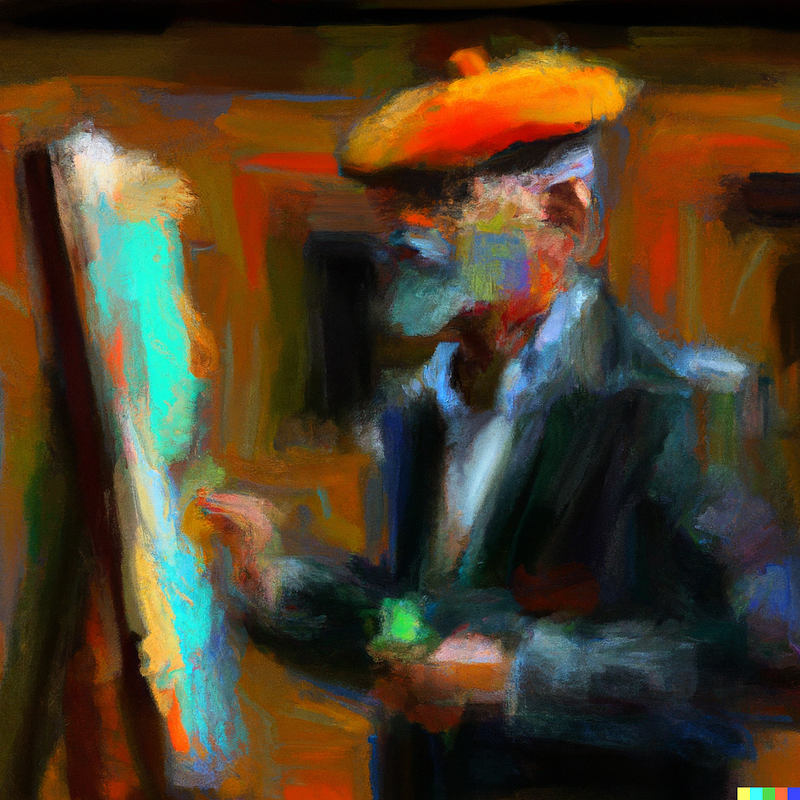
Here comes the downside.
Currently available AI creators are based on the English language.
And while English is without doubt one of the major languages in the world (and especially in the digital world), the 1.5billion people speaking this language do not represent all of our beautiful worlds population.
Furthermore English, as easy going and interesting this language is, represents a specific cultural code.
It lacks words for emotions, situations and sometimes even things that are represented in other languages, due to the fact that it developed out of a different culture.
To give one example: the Spanish language has a beautiful word — sobremesa. This word is used for the time you spend together at the table after eating. Still talking and enjoying companionship and conversation.
How would you feed that into an English speaking AI?
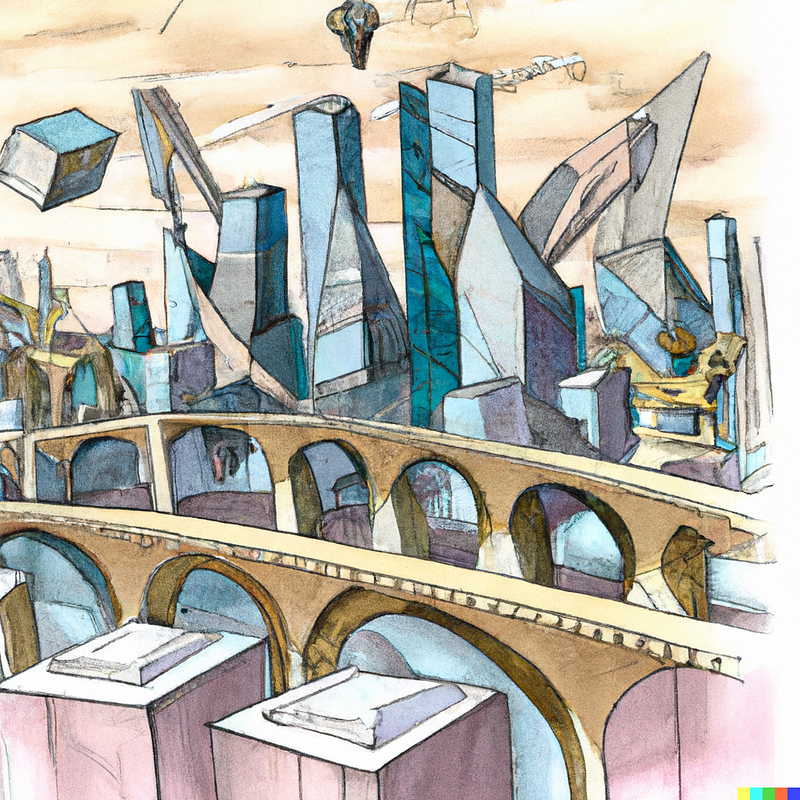
Where does that leave us in terms of the future of art?
On the one hand artificially created art works definitely have there place in our world. They are art.
Especially considering the developments for the Metaverse keyword usage will become a necessary skill for any artist.
But on the other hand there are billions of people out there, who have a creative mind and emotions, experiences and knowledge not easily convertible into an existing painting style and keywords.
Probably those are the ones creating a new way of painting.
Maybe I have to rephrase my original question.
It should not be: Are you ready for a world in which paintings are rather the question of the right use of keywords than of skill?
It rather be:
Are you ready for a world in which real-world paintings are the next big thing?
By the way — all pictures featured in this article are made by myself working with DALL-E 2. Let me know what you think the keywords were.
This article is part of the series 101 Things that can be different in the future. If you are interested in any specific topic or have other signals to show please comment or reach out to me.




